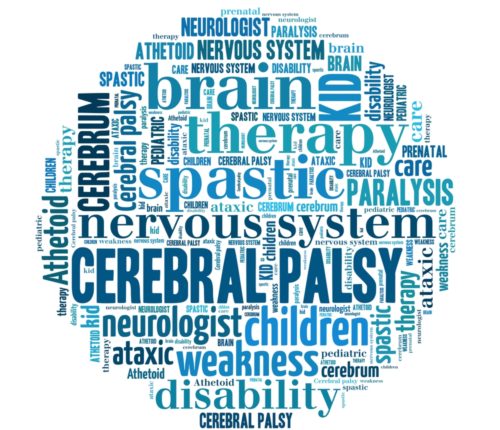
How to Help Children with Cerebral Palsy Sit Up
Cerebral palsy is one of the most common disorders affecting babies in the United States. It is a disorder characterized by brain damage that causes motor deficiencies and can cause paralysis. Babies who have cerebral palsy often have a difficult time sitting up on their own. Even mild CP can pose obstacles. Babies who do reach this milestone often do so at a delayed age.
There may also be other physical milestone delays, such as rolling over, crawling or walking. But sitting up is one of the fundamental milestones that healthcare providers look for in developing babies. If you are wondering at what age do babies sit up, or your child is having difficulties, we hope the following information will help.
How to Help Children with Cerebral Palsy Sit Up
The ability to sit up is something that most people take for granted. It’s something most of us don’t even think about when we get up in the morning or lay down at night. But for children with cerebral palsy, sitting up can be a great challenge. It can also be dangerous as they risk falling forward if they cannot balance themselves or use their hands to support themselves.
So how do we help children with cerebral palsy sit up? Researchers at Columbia University’s Fu Foundation School of Engineering and Applied Sciences may have developed a solution. Researchers have created a robotic device that can,
“Enable children with lack of ‘seated postural control’ to not only sit up but improve their upper body control.”
The device was created under the guidance of Andrew Gordon, a Professor of Movement Sciences and authority on cerebral palsy. Gordon has also developed several therapies that improve mobility for children with mild cerebral palsy.
Robotic Device Helps Children Sit Up
The robotic device, called a Trunk Support Trainer (TruST) is a motorized and cable-driven belt that is placed on the child’s trunk. The device exerts active-assistive forces when the child’s trunk moves in a way that is not stable. The device modulates wire tension to provide support and encourage repositioning. TruST offers assistance based on the child’s movements during training.

Sunil Agrawal is a professor of mechanical engineering and rehabilitation and regenerative medicine, and is one of the developers of the robotic device. Agrawal says,
“The ability to control the trunk in sitting posture is pivotal for everyday functions such as sitting, feeding, and social interactions. Our Trunk Support Trainer, which we call TruST, is an innovative robotic device that helps physical therapists to not only support the children in the region of the trunk where they suffer from weakness and incoordination but also challenge them to perform rehabilitation tasks outside their base of support to improve their movement and coordination.”
One of the positive elements of TruST is that it is customizable for each child. It can also be systematically reduced as children gain control over their posture and movements. Another positive element of the device is that it doesn’t require a great deal of time. Each training session is about two hours, and can be completed in as few as 12 sessions.
Research on Robotic Device for Cerebral Palsy Continues
TruST is being studied for safety and effectiveness. A recent report published in Science Magazine offers hope for children with cerebral palsy. The study consisted of a two-year longitudinal pilot study focused on children ages 6-14. The study examined how TruST works to provide support and help children improve control.
Overall, children using TruST showed an improvement in short- and long-term posture and movement control. By the end of the study, children were also able to perform game-oriented activities without external support.
Researchers have been awarded a $3 million grant from the National Institutes of Health (NIH) to further refine the device and test safety and effectiveness in a larger group of children with cerebral palsy. The ongoing research will compare TruST with other conventional forms of rehabilitation.
Hope for Families Impacted by Cerebral Palsy
Caring for a child with cerebral palsy can be difficult, especially if they are unable to sit up, walk or care for themselves. For children, living with cerebral palsy can be a challenge. Fortunately, there is hope for families affected by cerebral palsy. There are many technological developments that may have a profound impact on how children develop and improve their skills and functioning.
Devices like the TruST can improve the child’s quality of life and offer a unique form of therapy that may be extremely effective.

